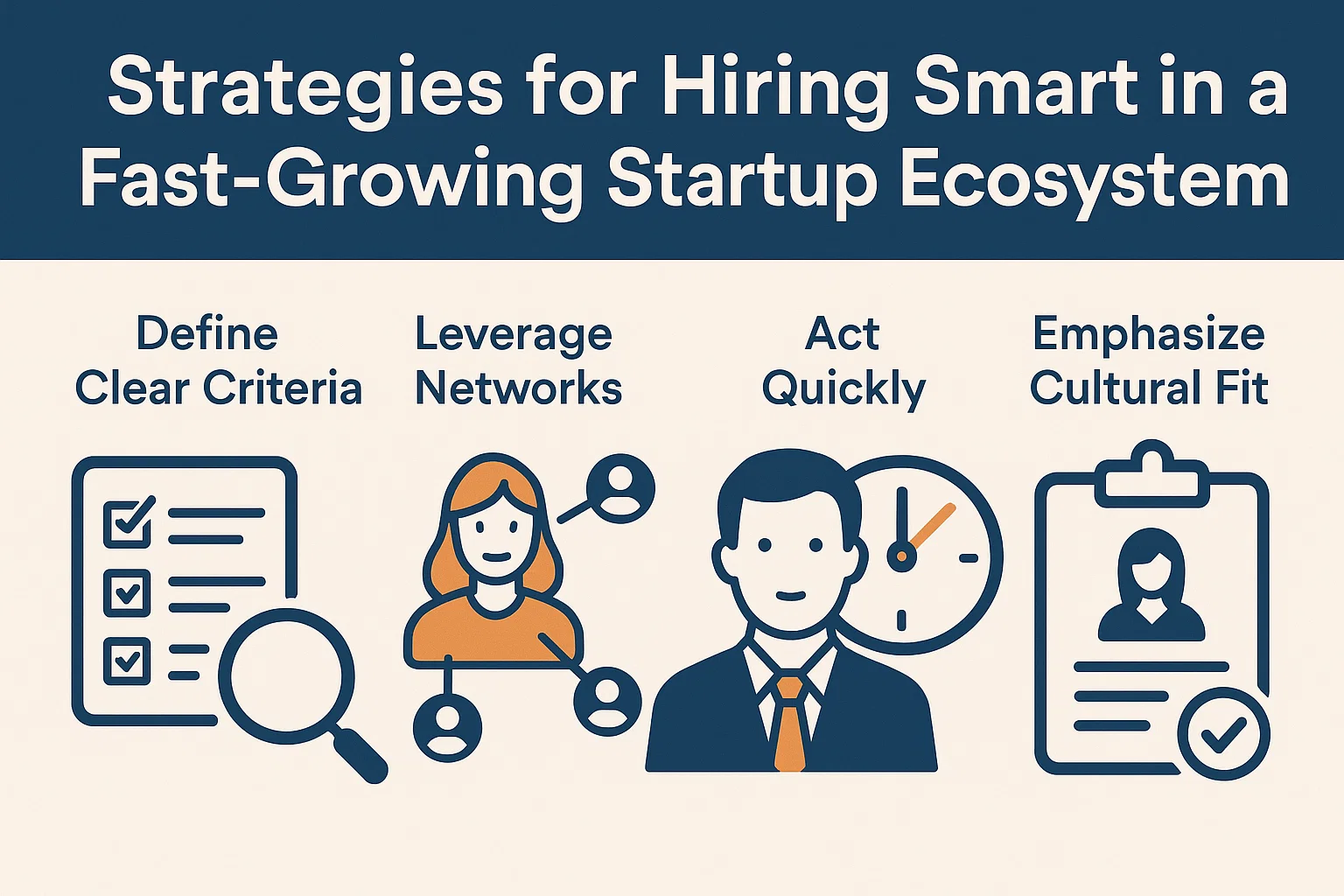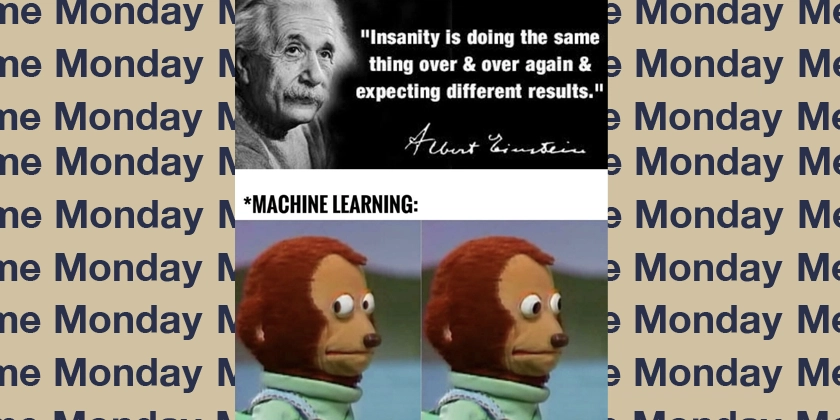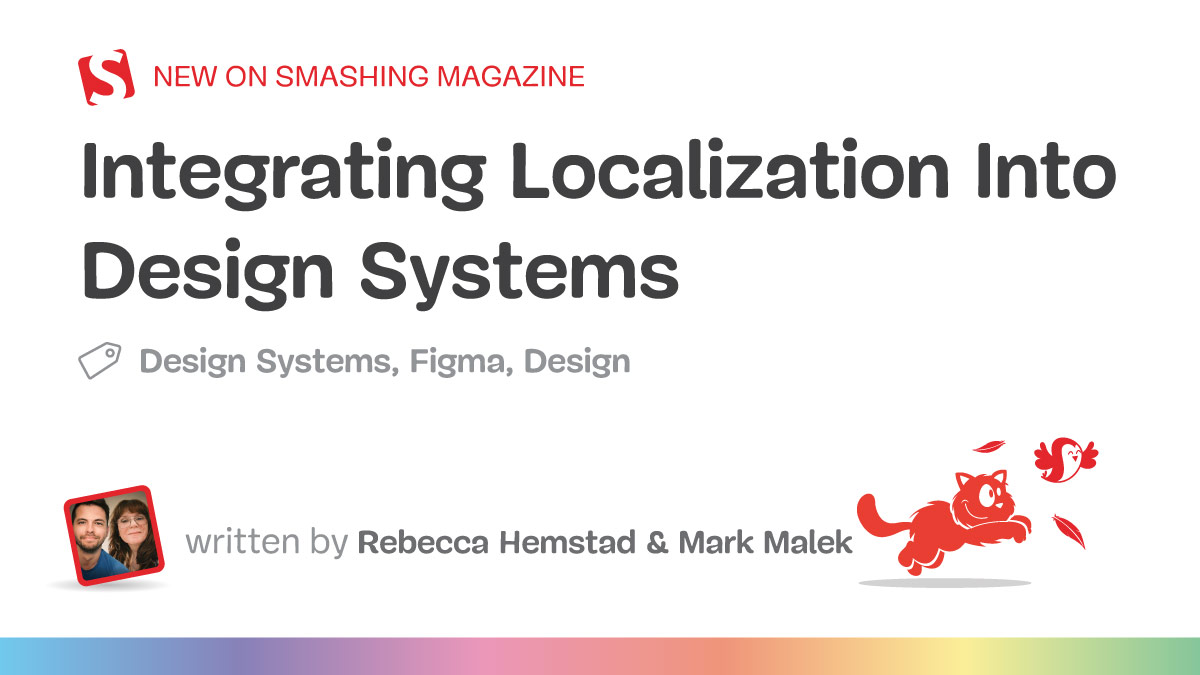Connection and Co-Regulation Precede Self-Management: A Common Sense Approach to Learning, Development and Discipline
Explore the impact of co-regulation over punishment in school discipline for fostering student self-regulation and healthy brain development. The post Connection and Co-Regulation Precede Self-Management: A Common Sense Approach to Learning, Development and Discipline appeared first on Getting Smart.

By: Tami Hill-Washington, Kathleen Osta
Every child deserves to be in schools and classrooms where they feel safe and supported to learn. But how we achieve that safety when it comes to school discipline — and what it actually takes for students to develop self-regulation — is often misunderstood. Recent calls to “reinstate common sense discipline” emphasize restoring authority through stricter consequences. Yet decades of learning and developmental science tell us a different story: self-control is not built through punishment. It is cultivated through relationships, trust, and co-regulation.
The Trump Administration’s Executive Order on Reinstating Common Sense School Discipline emphasizes returning authority to local educators. We see this as an opportunity to empower teachers and administrators to expand beyond behavior based discipline methods which aren’t consistent with what we now know about healthy brain development to more science informed approaches.
In this post, we’ll explore why adult well-being is foundational to student well-being, why connection and co-regulation must precede self-regulation, and how educators can use the science of learning and development to equip young people with the skills they need to be successful in relationships, school, and life.
Mindsets about Managing Student Behavior
If we are serious about fostering environments where students can thrive academically, socially, and emotionally, we must move beyond enforcing consequences and compliance — and start investing in the conditions that build connection and self-regulation from the ground up.
To do this, we must acknowledge that many of the behavior management systems still commonly used in schools are not consistent with what we now know about learning and brain development. Behavior-based discipline systems operate on key assumptions that neuroscience research has shown to be flawed:
- The skill vs. will misunderstanding: Many discipline systems assume that children who misbehave are making a choice not to follow rules, when neuroscience shows that many challenging behaviors stem from developmental gaps in skills, not willful defiance.
- The punishment effectiveness fallacy: These systems presume that negative consequences will change behavior, despite evidence showing that stress actually impairs the brain’s capacity to think clearly and logically and has a negative impact on memory and decision making.
- The perception gap: Implicit biases distort how we interpret children’s behavior, with research showing, for example, that adults often perceive identical behaviors as more threatening, aggressive, or disrespectful when exhibited by African American children. These biased perceptions lead to disproportionate and more severe disciplinary responses for subjective infractions like “disrespect” or “defiance,” contributing to racial disparities in school discipline that begin as early as preschool and have lasting educational consequences.
Behavior as Communication: A Developmental Perspective
Young people’s brains are rapidly growing and reorganizing throughout their school years. A child’s behavior is often an external signal of how they feel internally — an attempt to meet a need or regulate an uncomfortable emotional state. Developmentally, most students do not yet possess the full regulatory capacity to manage their feelings or communicate them in skillful ways so their behavior becomes the message. For example, a quiet teen who consistently withdraws during group work may be experiencing social anxiety, shame, or overstimulation. This behavior could reflect a lack of self-regulation skills or confidence needed to stay engaged. In another case, a middle school student who throws a book and storms out after being told “no” might be struggling with frustration tolerance and impulse control skills that are still developing during adolescence. Their reaction may also stem from a deeper experience of rejection or a perceived lack of autonomy.
Our role as adults is not just to control behavior but to get curious about the needs or lagging skills that are driving it. As Dr. Tina Payne Bryson describes it, we must learn to “chase the why” behind student behavior:
- What need is this child expressing?
- What in their environment is overwhelming their ability to cope?
- What support or skills will help them respond in a more adaptive way?
Understanding the Window of Tolerance
When stress levels exceed students’ capacity to cope — or when they lack the skills to meet the demands placed on them — they leave what Dr. Dan Siegel calls their “window of tolerance.” Inside the window of tolerance, young people are calm, connected, and confident to engage and learn.
Outside this window, students may:
- Become agitated, anxious, frustrated, or aggressive, yell, hit, refuse to follow instructions (a “fight or flight” response), or
- Shut down, numb out, or disengage; refuse to answer questions, lay head on the desk, freeze up in high stakes situations, (a “freeze” response).
When students enter this stress state, their access to the parts of the brain responsible for logical thinking, decision-making, and self-control is significantly reduced. Biologically, their bodies are flooded with stress hormones, preparing them to fight, flee, or freeze — not to reason, reflect, or learn.
The Problem with Typical Adult Responses
Unfortunately, adults often react to dysregulated behavior in ways that unintentionally escalate it. Most common responses fall into two categories:
- Trying to reason or argue with the student (e.g., “You know better than this, just calm down!”), or
- Becoming dysregulated themselves, responding with yelling, threats, or punishments.
Both of these approaches fail because they ignore the child’s physiological state. When a young person is in a stress response, they are not capable of engaging in reasoning. And when adults escalate, it only validates the student’s perception of threat, reinforcing their fight-or-flight reaction. Students’ capacity to reason and respond to logic is only possible from a regulated state.
Moving towards Skill Building and Co-Regulation
The brain’s prefrontal cortex, which controls these functions, doesn’t fully develop until the mid-20s. When we punish without addressing skill deficits, we’re essentially penalizing children for developmental gaps they can’t immediately control. Challenging behaviors often indicate lagging skills in areas like:
- Emotional regulation
- Frustration tolerance
- Cognitive flexibility
- Executive functioning
- Social skills
When students are outside their window of tolerance, what they need most is an attuned, regulated adult to help them feel safe and seen. Adults can provide this through the practice of co-regulation – the interactive process where an educator ‘lends’ their regulated nervous system, by staying calm in the face of students’ dysregulation. Repeated experiences of co-regulation is how humans learn to self-regulate.
For example, in-the-moment supports may include:
- Modeling and mirroring calming language and behaviors
- Gently reminding students to use specific regulation strategies
- Teaching students techniques for managing emotions as situations arise
Creating the conditions for co-regulation takes support and practice and requires adult well-being. Staying calm in the face of challenging behavior is difficult to do, especially when educators themselves are experiencing high stress. This is why providing support to adults, including creating school wide structures and practices that support a holistic, science informed approach to managing student behavior is critical. When teachers are supported to strengthen their co-regulatory skills, they don’t just manage behavior — they help students build the foundations of lifelong learning, resilience, and emotional intelligence.
Putting Co-Regulation into Practice
At the Center for Whole-Child Education, we recognize that co-regulation is a skill that must be intentionally developed — not just expected. That’s why we offer educators free tools designed to help build adult capacity to hone their co-regulatory support for students.
Our approach helps educators:
- Identify their own “temperature boosters” — the behaviors or situations that elevate stress levels and make co-regulation more challenging.
- Reflect on challenging student interactions, unpacking what escalated the situation and how different moves could foster more regulation and connection.
- Create personalized co-regulating cues to intentionally embed into daily practice.
- Self-assess using a Continuum of Practice, to reflect on their own growth, classroom environment, and restorative discipline practices.
At the National Equity Project, we help educators create systems that support learning partnerships between adults and young people. This partnership sets the stage for the educator to help their students make conscious movement toward independent, self-directed learning and productive decisions. Learning partnerships require the educator to deeply engage and learn about the young people they support: who they are, how they think, how they learn, and their perceptions of self.
- The learning partnership approach helps both the adult and student recognize the underlying needs driving challenging behaviors, builds connection, and develops the skills needed to manage their emotions in more adaptive ways.
Final Thought
At the heart of effective discipline is not fear, but relationship. Secure, attuned relationships with trusted adults provide the neurobiological foundation for stress regulation and accelerate the development of crucial executive function skills.
Empowering students with knowledge about their own brains and nervous systems is equally essential. When young people understand how stress affects their physiology, thinking and behavior, they are better equipped to recognize when they are leaving their window of tolerance – and to use strategies to return to it more readily. Modeling and teaching self-regulation creates the conditions required for learning and builds durable skills that young people can use in and outside of school.
If we truly want “common sense” school discipline, we must align it with what is actually common knowledge in the fields of child development and neuroscience. We cannot punish our way to thriving schools. We must develop our way thereby building environments where co-regulation, connection, and healthy growth are the foundation of every classroom.
Kathleen Osta is the Managing Director for Field Impact at the National Equity Project where she has been a leader for over 20 years and a practicing therapist specializing in adolescent development and families. She is passionate about ensuring that every young person in every community has access to the relationships, resources, and opportunities they need to thrive.
Tami Hill-Washington is the Executive Director of the Center for Whole-Child Education at ASU’s Mary Lou Fulton College, where she leads work to strengthen educator capacity and build learner-centered environments through strategic partnerships across the education system. She previously spent a decade at Turnaround for Children and has experience as a school leader, social studies teacher, and adjunct professor.
The post Connection and Co-Regulation Precede Self-Management: A Common Sense Approach to Learning, Development and Discipline appeared first on Getting Smart.






































/https://tf-cmsv2-smithsonianmag-media.s3.amazonaws.com/filer_public/63/22/6322340c-6ff4-4e62-9324-e8b9a2a6b0f6/main_danielle-spreading-fungal-inoculum-adam-photo-cred_web.jpg?#)





































